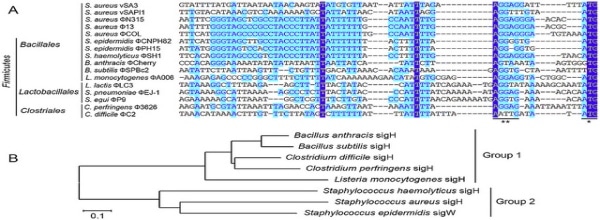The rapid advancement of gene sequencing technology means you now have an unprecedented opportunity to catalogue individual genomes, identify individual genetic differences, and study genetic mutations underlying different pathologies.
Next generation sequencing (NGS) technologies combined with powerful mathematical algorithms is the best platform in terms of time, efficiently, accuracy and cost for analyzing individualized genome analysis. However source DNA can often be a limiting factor. In this article, I will tell you about a method called anchored multiplex PCR (AMP) – a powerful method for amplifying minuscule amount of nucleic acids. Combined with Next Generation sequencing, AMP just might be what you need to identify genetic mutations.
What’s so cool about AMP-NGS?
Perhaps the greatest strength of this new method is that it allows you to detect gene rearrangements (gene fusions) without you needing to know fusion partners, see Figure 1. In contrast to traditional PCR methods that require you to know your genes-of-interest (Gene X and Gene Y fusion partner) in order to design the flanking primers, in AMP you do not. This is good because in many types of cancers you may not know the genetic rearrangements. For example, the ROS1 lung cancer-causing gene has at least 11 different fusion gene partners. Thus amplifying cancer DNA via traditional methods can be difficult, which is why Anchored Multiplex PCR is so great.
Another strength of Multiplex PCR is its ability to enrich small and poor quantities of nucleic acid. Such as what you would find with nucleic acids obtained from formalin-fixed paraffin-embedded (FFPE) specimens – a common DNA source for cancer specimens. In fact AMP can work from only 20ng of RNA AND 10ng of DNA from FFPE samples! On the other hand, fluorescence in situ hybridization (FISH) and immunohistochemistry suffers from scalability and requires expert qualitative scoring analysis.
How to Perform AMP PCR
Step 1.
To detect gene fusions with AMP PCR, you need to design the right kind of primers: One primer with a gene-specific “anchored” end and one primer with a loose end made with a common adaptor. Therefore, no genetic information of the fusion partner is required in this case.
Step 2:
Perform a PCR with the unidirectional gene-specific primer and the common adaptor sequence primer to amplify your region of interest.
Step 3.
Purify your PCR product using solid phase reversible mobilization (SPRI) method.
Step 4.
Design another set of primers for a second PCR: A gene specific primer that is further downstream (3’) and the primer for the common adaptor sequence to further amplify the gene region of interest. Doing this nested PCR dramatically increases the specificity of your amplification. In addition, you can tag the gene specific primer with NGS adaptor sequences thus you can give each individual amplicon a unique barcode – handy when generating your sequence library.
Step 5.
Perform a second PCR purification using SPRI.
Step 6.
Now you can use the on an NGS platforms, such as Illumina and Ion Torrent AMP-NGS in the Clinic.

AMP-NGS in the Clinic
Hot-spotting point mutations is frequently used in routine cancer checkups to evaluate mutated regions or hotspot. Evaluating hotspots can be done using a technology called snapshot. In snapshot you use custom designed primers followed by single nucleotide extension with colored probes, to detect point mutations (SNPs) that often occur in many different types of cancer. Snapshot technology can be paired up with AMP-NGS to deliver clinical data in greater volume and accuracy.






